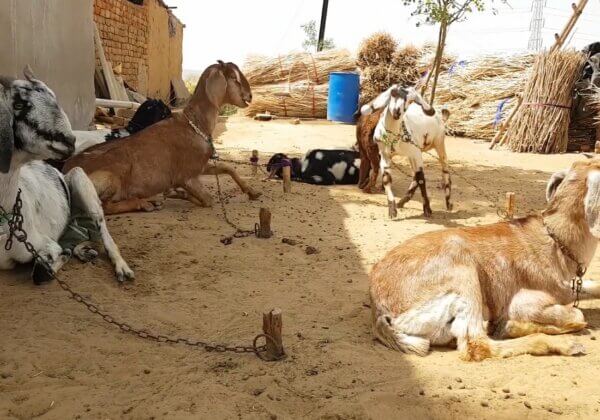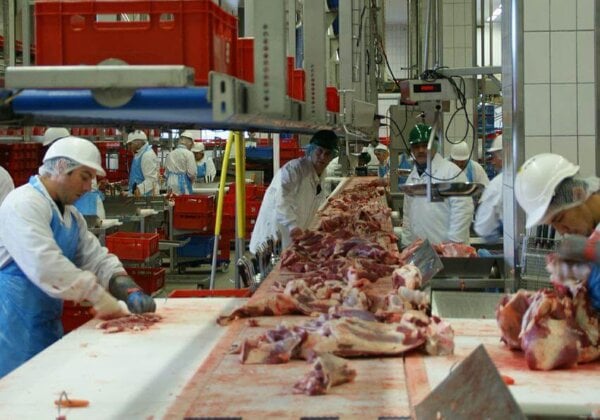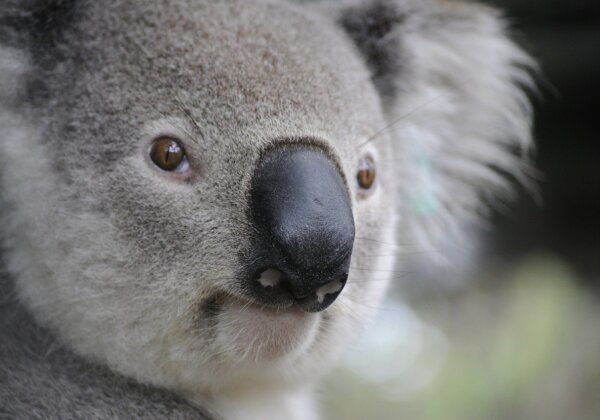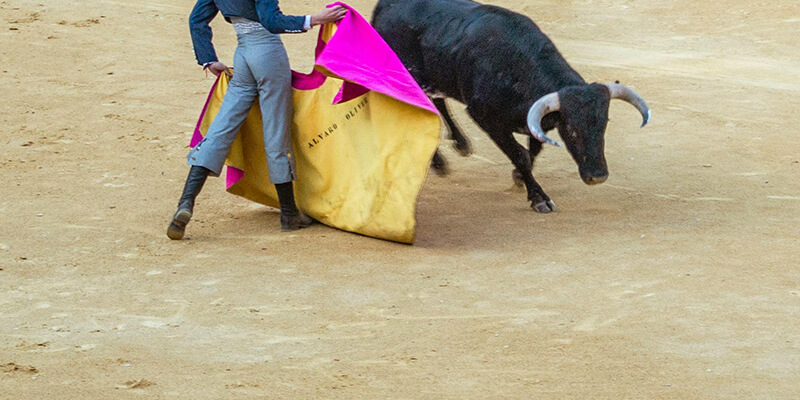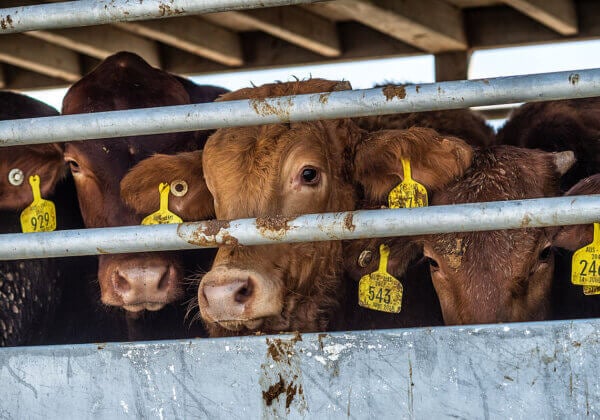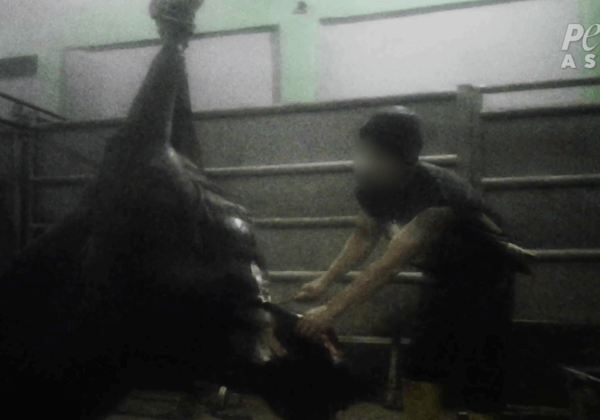The Truth About Sheep Used For Food
There’s nothing cuter than a fluffy baby lamb. But at least half the lambs you see frolicking in springtime will be dead within the year. Around 33 million sheep are killed for their flesh every year in Australia, the vast majority of them lambs.

During their short lives, they undergo painful mutilations, including tail-docking with rubber rings or knives and castration of males – all without painkillers.
When they’re around 6 months old, these babies are crammed onto trucks and transported for up to 48 hours with no access to food or water. A study published by the Commonwealth Scientific and Industrial Research Organisation found that up to 50% of lambs are suffering from dehydration by the time they arrive at an abattoir.
A single abattoir kills thousands of sheep and lambs every day. Their final moments are spent surrounded by the stench of blood and faeces and the screams of their companions.

Winter Lambs
The sheep industry in Australia estimates that a quarter of lambs die from exposure or malnutrition or are killed by predators within 48 hours of birth.
Because animal agriculture is a business, farmers have selectively bred sheep over time in order to increase the number of multiple births. Sheep farmers now have access to genetics technology that ensures sheep will carry twins or triplets – and sometimes up to five or six lambs at a time. But the survival rate of these babies is grimly low.
Many lambs are simply born too small and weak to live and are abandoned by their flocks, while others are orphaned when their mums die after being sick or don’t survive the birth. Ewes carrying twins or multiple babies can develop pregnancy toxaemia, also known as “lambing sickness” or “twin lamb disease”.
Millions more will die of exposure, malnutrition, or disease within days of birth, and those who survive will likely be slaughtered for their flesh when they’re only 6 months old.
 Leaked Australia
Leaked Australia
Hot Saleyards
Since Australia is a land of extreme temperatures, many sheep also die from heat exhaustion because they’ve been selectively bred to produce unnaturally high quantities of wool and are often left without shelter.
Sheep at saleyards are often left out in the hot sun in the middle of summer, squashed together into pens so tightly that they may not be able to get up again if they fall, and they can be crushed by those around them.
 Jo-Anne McArthur/We Animals
Jo-Anne McArthur/We Animals
Live Export
Every year, millions of sheep used for meat – as well as those whose wool production has decreased – are loaded onto severely crowded, multi-level cargo ships to endure live export to the Middle East or North Africa. The voyage can last weeks, and the animals can be exposed to a variety of extreme weather conditions.
During live transport, many sheep fall ill or starve to death because they aren’t used to the pellet food provided on board. Lame sheep are trampled, unable to lift their heads from the faeces-laden floors. The crowded conditions and heat stress contribute to outbreaks of diseases such as conjunctivitis (“pink eye”) and salmonellosis.
To give just one example of the horrors of live export, 2,400 sheep died from heat stress on just one ship travelling from Fremantle to the Middle East in 2017.
When the survivors arrive at their destination, they’re commonly dragged from the ships and forced onto trucks or into cars. The throats of many are cut while they’re still conscious, even though many Muslims believe that stunning is allowed under the rules of halal slaughter. Some sheep are slaughtered en masse, while others are taken home and killed by individual purchasers. Muslim countries require that animals be slaughtered according to halal regulations, but numerous abattoirs in Australia already possess halal certification, rendering live export unnecessary and indefensible.
What You Can Do
Lambs are playful and puppy-like, and sheep wag their tails when they’re stroked. They also affectionately nuzzle and head-butt humans to get attention.
But in order to be profitable, Australia’s sheep industry breeds far more animals than it can care for and kills them in ways that would be illegal if they were dogs.
It’s so easy to find delicious flesh-free foods that are better for the environment, are healthier for your heart, and keep these sensitive animals out of harm’s way. If you could live healthfully and happily without eating them, why wouldn’t you?
Animals Used for Food:
Environment | Free Vegetarian/Vegan Starter Kit | Cattle | Chickens | Fish | Pigs | Dairy Cows

